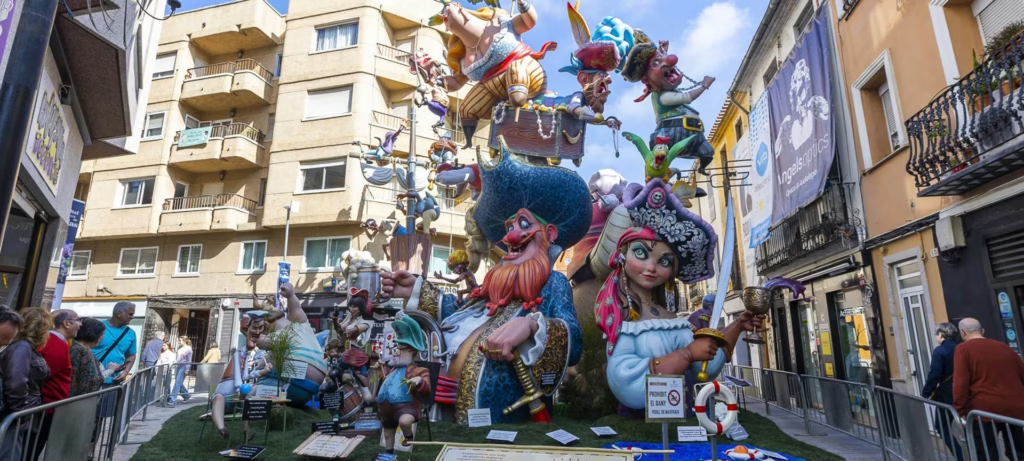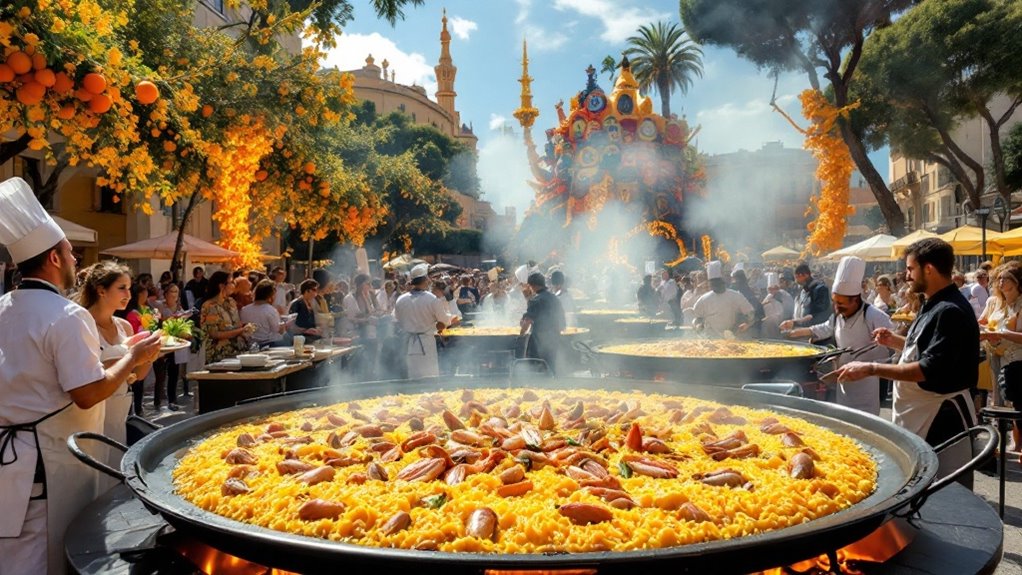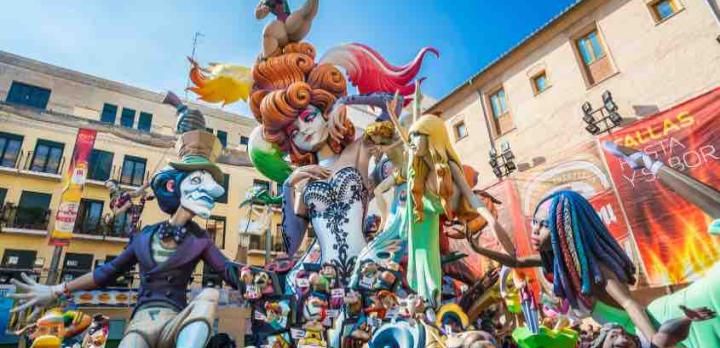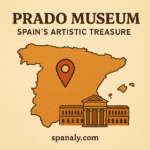Table of Contents
Toggle🎭 Introduction
Every March, the city of Valencia bursts into color, sound, and flames during the Las Fallas Festival, one of Spain’s most spectacular and unique cultural celebrations.
Declared a UNESCO Intangible Cultural Heritage, Las Fallas combines art, satire, tradition, and pyrotechnics to honor Saint Joseph, the patron saint of carpenters.
This isn’t just a festival — it’s a dazzling display of creativity and community spirit that turns Valencia into an open-air museum of monumental sculptures and fiery celebrations.
🔥 The Origin of Las Fallas
The roots of Las Fallas date back to the Middle Ages, when carpenters burned wooden planks (parots) used to hold their lamps during winter.
As spring arrived, these wooden pieces were set on fire in celebration of the changing season — a symbolic gesture of renewal.
Over time, people began to decorate these wooden structures, adding faces, clothing, and props — giving birth to the ninots, the humorous and artistic figures that define the modern Fallas.
🏙️ What Happens During Las Fallas ?
Las Fallas is a five-day explosion of art, fire, and festivity. Each neighborhood (called a falla) builds a giant artistic monument — often satirical, political, or humorous — that can reach up to 20 meters high.
Here’s what makes the event unforgettable:
🔸 1. La Plantà (March 15–16)
All the massive sculptures (fallas) are installed across the city overnight. By morning, Valencia transforms into a city-sized outdoor gallery filled with incredible works of art.
🔸 2. The Mascletà (March 1–19)
Every day at 2 PM, locals and tourists gather at Plaza del Ayuntamiento to experience the Mascletà — an earth-shaking symphony of gunpowder and sound.
It’s not just fireworks; it’s a rhythmic explosion choreographed with precision.
🔸 3. The Ofrenda de Flores (March 17–18)
One of the most emotional moments of Las Fallas. Thousands of falleras, dressed in traditional Valencian costumes, bring flowers to the Virgin Mary, creating a 15-meter floral sculpture at Plaza de la Virgen.
🔸 4. La Nit del Foc (March 18)
“The Night of Fire” lights up the sky with one of Europe’s most impressive fireworks shows, illuminating Valencia’s skyline for nearly an hour.
🔸 5. La Cremà (March 19)
The grand finale — all the fallas are set ablaze in a fiery spectacle that symbolizes rebirth and renewal.
The only sculpture spared from the flames is the one chosen by public vote, later preserved in the Fallas Museum.
🎨 The Ninots – Art Meets Satire

Each falla features dozens of ninots — beautifully detailed figures made from papier-mâché, wood, and polystyrene.
They often represent politicians, celebrities, or social issues in a humorous and exaggerated way.
These ninots are not only creative but also powerful social commentaries — blending humor, criticism, and artistry in one explosive display.
💃 Traditions and Costumes
Participants wear traditional Valencian clothing:
Falleras (women) wear silk dresses, ornate jewelry, and intricate hairstyles.
Falleros (men) don embroidered vests and sashes.
Music, dance, and traditional bands fill the streets, giving every corner of Valencia a festive heartbeat.
🍽️ Food and Festive Flavors

No Spanish celebration is complete without food! During Las Fallas, the streets smell of paella, churros con chocolate, and buñuelos de calabaza (pumpkin fritters).
Food stalls line every plaza, offering delicious Valencian specialties and local wines.
🧭 Tips for Visitors
If you’re planning to visit Valencia for Las Fallas, here’s what you need to know:
📅 Best Time to Visit: March 15–19
🕐 Plan Early: Hotels book up months in advance.
🚶 Wear Comfortable Shoes: The city is best explored on foot.
🔊 Bring Earplugs: The Mascletà can reach over 120 decibels!
📸 Don’t Miss: The Ofrenda, the fireworks, and the final Cremà night.
🌟 Why You Should Experience Las Fallas ?
Las Fallas isn’t just a festival — it’s a living expression of Valencian culture and creativity.
It represents the cycle of creation and destruction, tradition and modernity, laughter and reflection.
Visitors leave with unforgettable memories, the smell of smoke in the air, and a deep appreciation for Spain’s artistic spirit.
🏁 Conclusion
The Fallas of Valencia is more than a spectacle — it’s a cultural masterpiece that celebrates imagination, identity, and renewal.
From the thunderous Mascletà to the magical flames of La Cremà, every moment captures the essence of Spanish passion.
If you visit Spain in March, there’s no better experience than standing among the crowd as Valencia burns bright — both literally and artistically.



[…] Semana Santa de Sevilla Official Website Las Fallas Festival: Valencia on Fire […]
[…] La Feria de Abril – Seville’s Iconic Spring Fair Carnival in Santa Cruz de Tenerife: Spain’s Spectacle Las Fallas Festival: Valencia on Fire […]